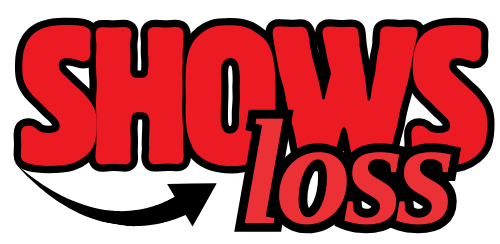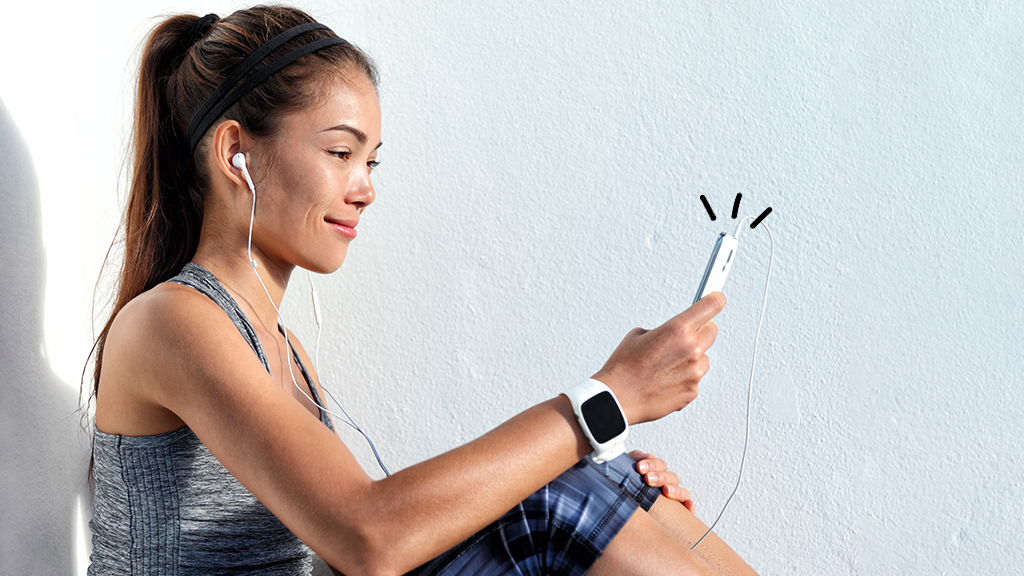Running applications have revolutionized the way that athletes keep track of their runs. They also improve performance by providing live metrics in real time, such as distance, pace, as well as calories burned.
These programs offer custom-designed training programs that are adapted to each individual’s fitness levels, assisting athletes in reaching their goals.
Advanced GPS capabilities allow for the exploration of routes and analysis of performance and enhance the running experience with excitement and knowledge.
Social features in these applications encourage interaction with others, changing single runs into experiences that are shared with others.
In addition, continuous analysis of data helps to make informed decisions that lead to improving performance.
Top-quality applications such as Strava or Nike Run Club can elevate the experience of running by focusing on the right things and motivating.
Table of Contents
Essential Elements of Active Apps
Running apps have revolutionized the way fitness enthusiasts and athletes train, providing vital features that boost the experience of running. These tools aren’t only able to record distances, they are able to provide a comprehensive platform to track runs, monitor the progress of runners, and tracking improvements. Utilizing the capabilities that smartphones offer, these apps are now essential for runners at all levels.
Real-time metrics tracking is recognized as an important feature of running apps. Information such as distance, pace, time and calories burnt can be accessed and allow exercises to be adapted to achieve the best performance. This instant feedback allows runners to make educated decisions regarding their training routines as well as gaining a greater knowledge of their abilities and areas for improvement.
A lot of running apps also offer customized training plans. The plans are tailored to the individual’s fitness level and goals, leading users through a series of structured workouts that increase their run performance with time.
Social features and community involvement are an integral part of a variety of running apps. By interacting with other runners, users are able to share successes, compete in challenges and gain encouragement from a network of support and encourage improvement in performance.
By incorporating these functions, running applications transform the simple act that is running to a sociable and uplifting experience.
GPS tracking advantages
GPS tracking is an essential feature in many running applications, offering precise and extensive insights into the running journey of a runner. By utilizing technology from satellites, GPS tracking delivers real-time information on speed, distance and elevation. This allows athletes to closely monitor their progress and alter their goals for running accordingly.
This function enhances your running experience and contributes to the improvement of performance over time. The visualisation of routes and comparison with previous runs help runners to spot patterns and areas to develop which aids in achieving personal goals.
GPS tracking provides motivation through showing tangible results in terms of speed improvement as well as longer distances. This is an accountability tool and it can be a source of motivation.
Exploration of new routes can be made easier through GPS tracking, giving you the assurance to locate the path back and chart alternate routes to avoid monotony. This makes sure that running goals stay interesting and exciting.
In the end, GPS tracking transforms an ordinary run into an exciting and data-driven activity, opening the way for improved performance.
Successful Techniques for Establishing Goals
Effective strategies for setting goals are vital to reap the maximum benefits from running apps, improving the performance of your app and increasing motivation.
Specific goals like distance, duration or frequency help runners stay focused and track their performance effectively.
Regularly monitoring these goals helps to ensure accountability and offers important insight into the process of improvement.
Establish Specific Running Objectives
The clearness of running goals are important benchmarks for making substantial progress and improving overall performance when running. With clear objectives, the efforts of a runner are strategic and concentrated. The goals should be based on the SMART guidelines that is Specific, Measurable attained, relevant and Time-bound. This framework lets runners easily communicate their aspirations like completing the 5K in just 30 minutes or increasing their weekly mileage by 10 percent.
The ability to assess one’s fitness level is vital to determine realistic goals for running. This assessment helps in setting goals that are both challenging and feasible. The distinction between long-term and short-term objectives is crucial. Goals that are short-term, like speeding up your pace over one month, help keep you motivated and offer immediate results. Long-term goals, such as marathon training, require sustained dedication and a strategic plan.
Running applications enhance goal-setting by providing tailored insights and suggestions. These apps can analyze previous performance data, suggest appropriate goals, and provide progress reminders.
The clearness of goals allows runners to set new boundaries, keep motivation high and monitor their progress toward improved performance, which results in a better and more satisfying organized running experience.
Regularly check on progress
Continuously tracking progress is essential to achieving the goals of running. The ability to track progress allows runners to stay on track with their goals and make any necessary adjustments to their plans for training.
Regular evaluation helps to determine areas for improvement, and celebrate milestones and maintain motivation. Running apps that are equipped with GPS tracking tools and analytical tools are a great solution to record and review performance metrics such as distance speed, pace, and time.
Regular examination of this data can provide important insights into your personal growth and endurance abilities. A consistent evaluation of these indicators is vital to ensure that goals are effectively met.
Regular monitoring encourages accountability and helps in assessing the effectiveness of training methods. If you find yourself at a plateau training schedules can be modified by incorporating intervals or changing terrains to break the limitations.
The ability to visualize progress using charts and graphs provided by applications that are running serves as an effective tool for motivation that highlights the progress made.
Using Data to Improve Performance
Data analytics greatly improve the performance of runners by providing real-time and transformative information. Data analytics that are sophisticated allow runners to keep track of different aspects of their training routine, such as speed speed, distance and elevation changes. This information is comprehensive and allows an in-depth knowledge of how they perform, which aids in finding areas in need of improvement, setting realistic goals, and recording of improvements over time.

